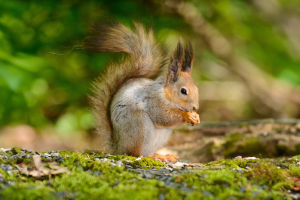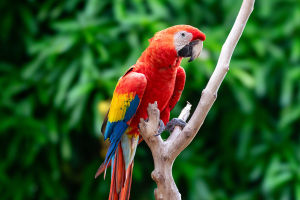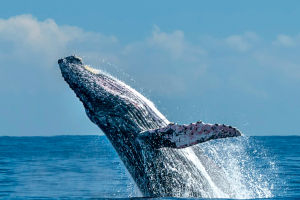Hey, Lykkers! If you're as fascinated by wildlife as we are, get ready to explore some incredible facts about one of the most powerful creatures in nature—the brown bear.
These majestic animals have a rich history and are found in various parts of the world, from North America to Europe. Let's dive in and learn more about these magnificent creatures!
Close Call For These Brown Bear Cubs | 4K UHD | Seven Worlds One Planet | BBC Earth
video by BBC Earth
Distribution of Brown Bears
Brown bears are spread across various regions of the world, with their most significant populations found in North America, Europe, and parts of Asia. In North America, they are found from Alaska to Canada, and even in some parts of the U.S., including Washington and Idaho. Surprisingly, they were once more widespread, even inhabiting regions in Africa’s Atlas Mountains, although they are now mostly extinct in some areas.
In Europe, brown bears are found in isolated pockets, particularly in the Carpathian Mountains, with about 4,500 to 5,000 bears. These animals are considered a symbol of Finland’s wildlife and are critically endangered in parts of Central Europe and France. Overall, the global population is around 200,000, with the largest share found in one of the northernmost countries, home to about 120,000 bears, followed by the U.S. with around 32,500.
Historical Presence of Brown Bears
We know that brown bears have been around for a long time, with evidence suggesting their presence since the late Ice Age in North America. However, they were not always the dominant species in the food chain. During that time, the short-faced bear, a much larger and stronger animal, ruled the land. These short-faced bears were twice the size of an average brown bear!
But unlike the short-faced bear, which focused on hunting large prey, brown bears are omnivorous and eat almost anything they can find—ranging from smaller animals to plants. This adaptability likely helped them survive when other, more specialized predators went extinct after the Ice Age, such as the saber-toothed tiger and the short-faced bear. This is one of the reasons why brown bears became top predators in their ecosystems.
Survival and Competition
Brown bears’ ability to survive and thrive is also linked to their flexibility in diet. Unlike other predators, brown bears don’t rely solely on large herbivores; they consume whatever food is available to them. In fact, their willingness to eat a wide range of food sources, including plants, makes them highly adaptable. When the large predators like saber-toothed tigers went extinct, brown bears found themselves at the top of the food chain.
Interestingly, they did face competition from other large predators, like wolves and mountain lions, who were also capable of hunting large animals. However, brown bears’ ability to forage for various types of food allowed them to outcompete these species over time.
Brown Bears in the Modern World
In modern times, brown bears have adapted to a variety of environments. They can be found in forests, mountain meadows, and even arctic tundras. In fact, the warming of the Arctic region has caused some species of animals to migrate to the north, leading to changes in the populations of brown bears. While some areas, like Alaska, continue to have strong populations, regions like the Arctic have seen a decline in brown bear numbers due to the changing climate.
Despite these challenges, brown bears remain one of the most iconic animals in the world. From their large size to their powerful presence, they are a reminder of nature’s raw strength. They symbolize resilience and survival, continuing to thrive in diverse environments.
Fun Facts About Brown Bears
1. Brown bears can weigh anywhere from 130 to 700 kilograms (300 to 1,500 pounds), depending on their species. The Kodiak bear is the largest subspecies!
2. They are excellent swimmers and can swim for miles in search of food.
3. Brown bears hibernate during the winter months, entering a deep sleep for several months. During this time, they don’t eat, drink, or urinate!
The Power of Brown Bears
And there we have it—an exciting journey into the world of brown bears, one of nature's most remarkable and enduring creatures! From their ancient history to their modern survival, brown bears truly embody strength, resilience, and adaptability. We hope these fascinating facts have sparked your curiosity just as much as they have ours. Should you ever be fortunate enough to encounter a brown bear in the wild, take a moment to appreciate the awe-inspiring power and beauty they represent.
Until we meet again, Lykkers, keep exploring and always stay curious about the wonders of the world!


